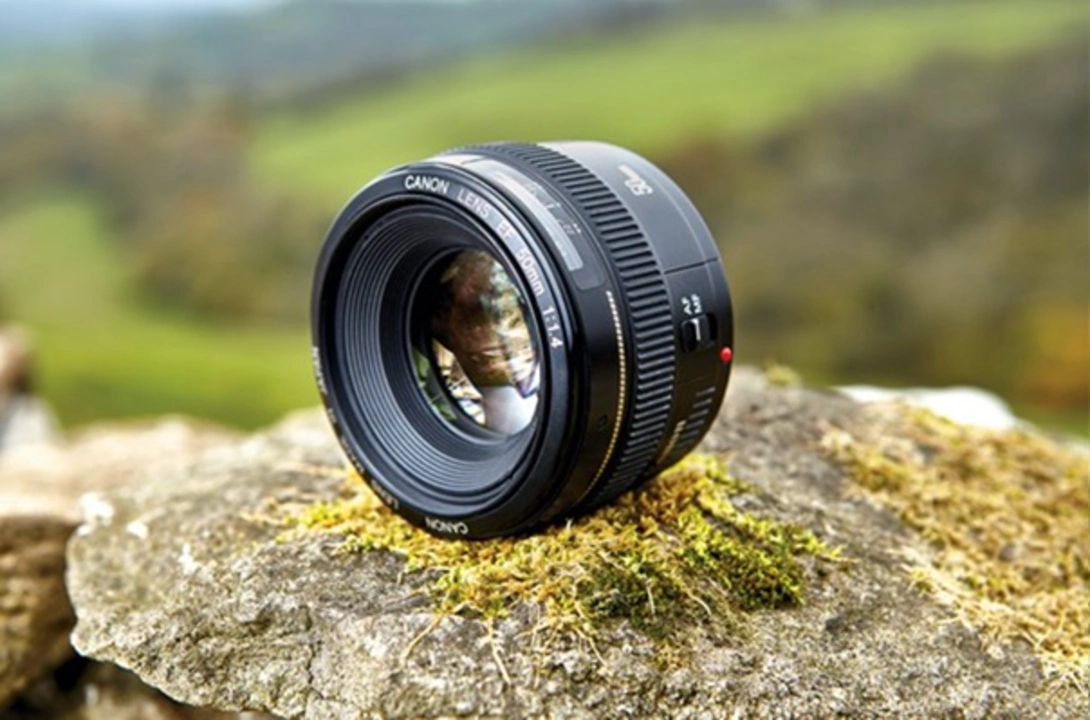In my recent exploration of camera lenses, I came across the term "USM" and decided to dig deeper to understand its significance. USM stands for "Ultrasonic Motor," which is a type of autofocus motor used in some camera lenses. This technology enables fast and quiet focus adjustments, making it perfect for shooting videos and capturing images without disturbing the subject. The benefits of USM lenses include smoother focusing, enhanced precision, and reduced noise. Overall, a USM lens can greatly improve your photography experience, especially in situations where discretion and speed are essential.
Sports Photography Basics: Capture the Action Like a Pro
Ever wonder why some photos make you feel the rush of a goal, a sprint, or a slam dunk? It’s not magic – it’s smart photography. Below you’ll find simple tricks you can start using right now, whether you’re snapping with a smartphone or a DSLR.
Pick the Right Settings for Fast Motion
Speed is the enemy of a blurry picture. Switch your camera to a high shutter speed – think 1/1000 sec or faster – and you’ll freeze that perfect moment. If your camera has a "sports" mode, let it handle the numbers for you. On a phone, tap the "pro" or "action" icon and push the exposure slider toward the fast end.
Don’t forget the ISO. Outdoor games usually let you stay low (ISO 100‑400). Indoor arenas need a boost – ISO 800‑1600 works well without adding too much grain. Keep an eye on the light and adjust on the fly.
Gear That Won’t Slow You Down
You don’t need the most expensive kit to take great shots. A 70‑200 mm zoom lens gives you reach and flexibility for most sports. If you’re on a budget, a 55‑250 mm lens or even a good prime (like 50 mm) can still deliver sharp action when you get close.
For phone shooters, a clip‑on lens can add zoom or wide‑angle capabilities. Pair it with a portable tripod or a monopod for stability during long events. A quick‑release strap also helps you stay ready without fumbling.
Battery life matters. Sports events can stretch for hours, so carry a spare battery or power bank. Nothing kills the vibe like a dead camera mid‑match.
Positioning and Anticipation
Knowing the game is half the battle. Study player patterns – where they make moves, where they pause – and set up in those hotspots. In football, the goal line and corner flags are gold mines. In basketball, the paint and three‑point line see a lot of action.
Stay flexible. A good spot today might be crowded tomorrow, so be ready to move. Use the sidelines, bleachers, or even the opponent’s bench if the venue allows. The goal is to get a clear line of sight without obstructing other fans.
Composition Tricks That Add Drama
Don’t just aim for the player’s face. Capture the whole story – the crowd’s reaction, the opponent’s defense, the ball’s trajectory. Try the rule of thirds: place the main subject off‑center to give the scene room to breathe.
Use panning to blur the background while keeping the subject sharp. Set your camera to a slower shutter (like 1/250 sec) and follow the athlete with your lens. The result is a dynamic “motion streak” that emphasizes speed.
Edit Like a Pro in Minutes
Post‑processing can turn a good shot into a great one. Basic tweaks – boost contrast, sharpen edges, and adjust exposure – bring out details. Most phone apps let you do this in under a minute. For deeper edits, Lightroom or Capture One give you more control without a steep learning curve.
Finally, share your best shots on social media with relevant hashtags (#sportsphotography, #actionshot). Engaging captions invite fans to comment, and the interaction boosts visibility.
Whether you’re covering a local league or a big‑time event, these tips keep you focused on the game and the image. Grab your gear, study the sport, and start shooting moments that make people feel the excitement. Happy snapping!


